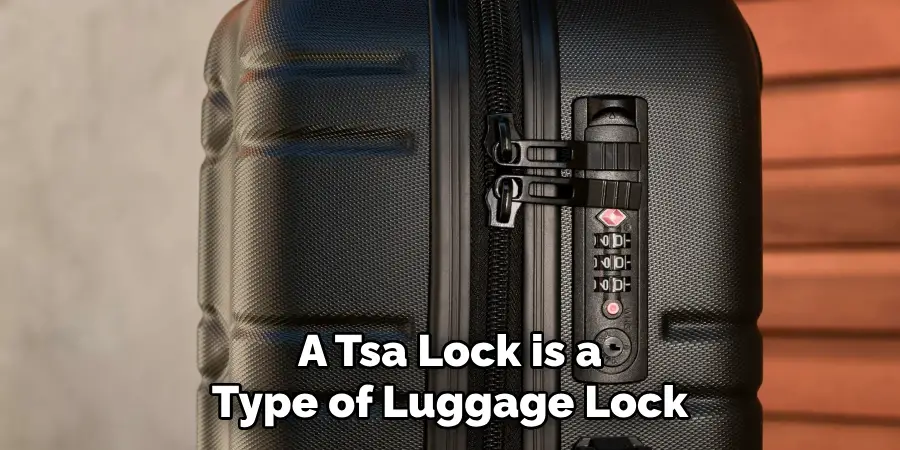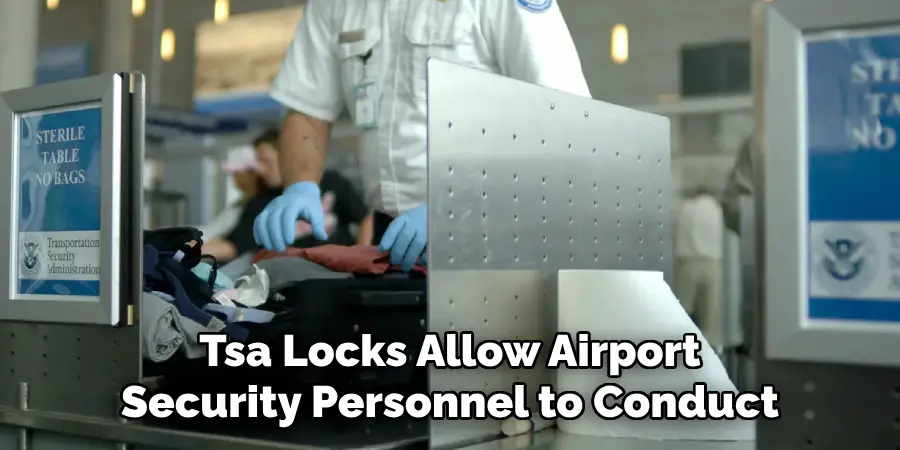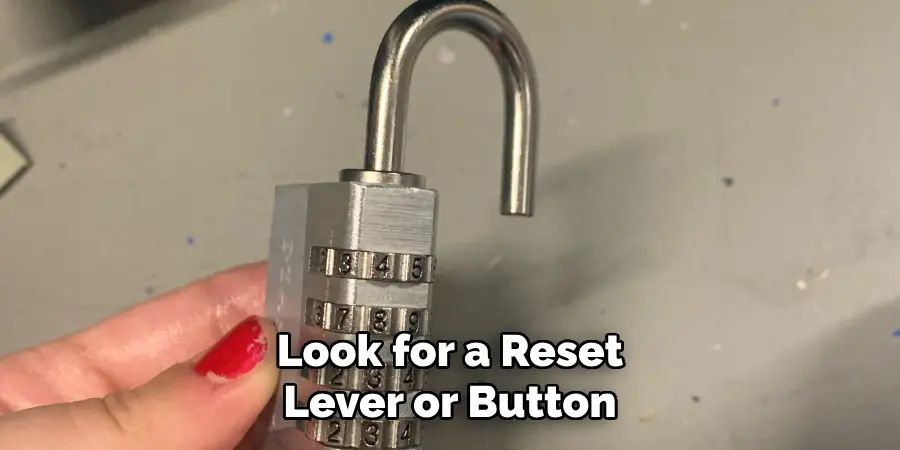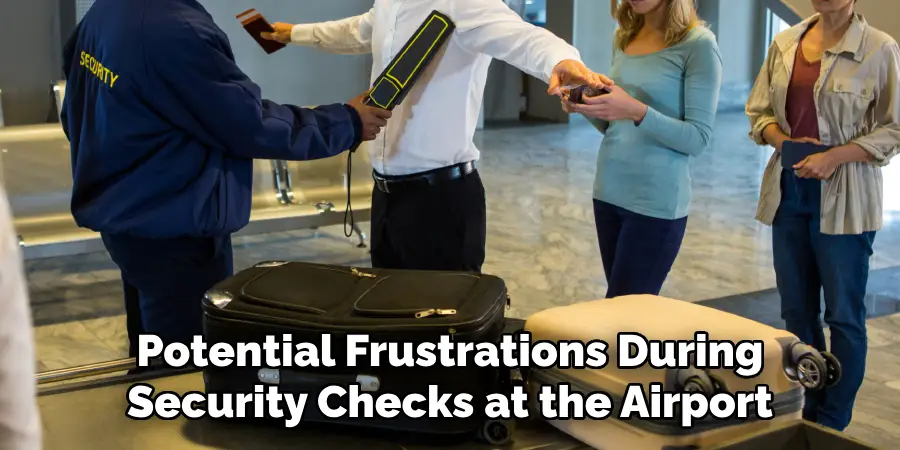Setting a TSA lock is a simple yet essential step in ensuring the safety of your luggage while traveling. Designed to provide security while still enabling the Transportation Security Administration (TSA) to access your belongings if necessary, these locks are approved for use on flights and offer peace of mind during your journey.

In this guide on how to set a tsa lock, we will walk you through the process of setting your TSA lock, offering step-by-step instructions to help you secure your luggage effectively. Whether you are a frequent traveler or embark on a one-time adventure, mastering the use of a TSA lock is an invaluable skill.
What is a TSA Lock?
Before we dive into the steps of setting a TSA lock, it is essential to understand what exactly a TSA lock is and why it is necessary. A TSA lock is a type of luggage lock that has been approved by the Transportation Security Administration (TSA) for use on flights.
These locks have special features that allow airport security personnel to open them using master keys if they need to inspect your luggage.
Why Should You Use a TSA Lock?
Using a TSA lock provides several advantages for travelers concerned about the safety and security of their luggage. First and foremost, TSA locks allow airport security personnel to conduct necessary inspections without damaging your lock or luggage. This is particularly important during security checks, where ensuring the integrity of your luggage is crucial.
Additionally, TSA locks help deter theft by securing your belongings with a level of protection that traditional locks may not offer. For travelers who frequently traverse international destinations, using a TSA-approved lock means conforming to global security standards, making travel smoother and more secure. Ultimately, a TSA lock offers peace of mind, knowing that your luggage is protected while still accessible to authorized personnel in case of inspection.

Needed Materials
Here are the materials you will need to set your TSA lock:
- A TSA-approved Luggage Lock
- Your Luggage With a Built-in or External Zipper
- Your Combination Code (if Using a Combination Lock)
8 Step-by-step Guidelines on How to Set a Tsa Lock
Step 1: Check for a Built-In Lock on Your Luggage
Before purchasing a separate TSA lock, it is essential to check whether your luggage already has an integrated locking mechanism. Many modern suitcases come with built-in locks, which can be opened by security personnel using their master keys.
If your luggage has a built-in lock, look for instructions on how to use it. Some may require you to set a unique combination code while others may have a simple on/off switch.
Step 2: Purchase a TSA-Approved Lock
If your luggage does not have an integrated lock, you will need to purchase a separate TSA-approved lock. These locks come in various forms, including key or combination locks, so choose one that suits your preference and budget.
When purchasing, look for the TSA logo on the packaging to ensure that it is approved for use by airport security personnel.

Step 3: Familiarize Yourself with Your Lock’s Features
Before setting your TSA lock, take a moment to understand its features and how they function. Examine the lock closely to identify any buttons, dials, or keys that are part of its operation. If you have a combination lock, locate the dials and make sure you are familiar with their rotation. Additionally, look for a reset lever or button, typically found on the back or side of the lock, which will be crucial for setting your combination.
If you have a key lock, identify how the key is inserted and turned. Understanding these features will simplify the process of setting your lock and ensure you can effectively secure your luggage.
Step 4: Set Your Combination Code (If Using a Combination Lock)
If you have a combination lock, setting your code is the next step. Follow these simple steps to set your combination:
- Start by resetting the lock – this will clear any previous combinations.
- Turn the reset lever or button until it clicks into place.
- Choose a three- or four-digit code that you can easily remember but is hard for others to guess.
- On most combination locks, you will need to turn each dial clockwise until your chosen numbers align with an indicator line on top of the lock.
- Test out your new code by pressing down on the shackle or release button to see if it opens.
- If your lock does not open, try rotating the dials slightly until they align with the correct code.
- Once your lock successfully opens, scramble the dials to prevent others from easily guessing your code.
Step 5: Determine Which Zipper(s) You Want to Secure
Before locking your suitcase, identify which zipper or zipper you intend to secure with your TSA lock. Consider which compartments you want to restrict access to while traveling. Most luggage pieces have multiple zippers, including main compartments and smaller external pockets. It is generally advisable to secure the primary compartment, as it typically contains the majority of your belongings.
If your suitcase includes a feature allowing multiple zippers to be locked simultaneously, ensure they are aligned for easy locking. Properly securing your chosen zippers will enhance the overall security of your luggage and protect your valued items during travel.
Step 6: Slide the Shackle Through Your Zipper(s)
Once you’ve determined which zippers you want to secure, it’s time to slide the shackle of your TSA lock through them. Open the lock by entering your combination code or using the key, depending on the type of lock. Next, align the zippers so that their holes match up perfectly. Thread the lock’s shackle through these holes, ensuring all intended zippers are included.

If your suitcase features extend the shackle through any additional loops or rings for added security, take advantage of these features. After the shackle is securely in place, close the lock by pressing it down until you hear a click or insert and turn the key. This step effectively restricts access to your chosen compartments, keeping your belongings secure during travel.
Step 7: Test Your Lock’s Functionality
With your lock now set and secured, it is essential to test out its functionality before departing. Try opening the lock with your chosen combination or key to ensure it works correctly. If you are using a combination lock, make sure the dials still rotate smoothly and that your chosen numbers remain aligned with the indicator line.
If you encounter any issues with your lock’s functionality, repeat the steps above to reset and reconfigure it. It is crucial to confirm that your TSA lock opens and closes without any resistance before traveling, as this will save you from potential frustrations during security checks at the airport.
Step 8: Keep Your Luggage Secure During Your Trip
After setting and testing your TSA lock, you can now travel with the peace of mind that your belongings are secure. However, it is essential to keep an eye on your luggage at all times while traveling, especially during airport security checks. Should any issues arise or if you need to open your lock for inspection, make sure to inform the security personnel beforehand and provide them with the necessary access.
By following these eight simple steps on how to set a tsa lock, you can effectively set a TSA lock on your luggage and safeguard your belongings during air travel. Remember to always use a TSA-approved lock and familiarize yourself with its features before setting it. Safe travels!

Frequently Asked Questions
Q: Can I Use Any Lock on My Luggage, or Does It Have to Be Tsa-approved?
A: To ensure your lock is not cut off during a security check, it is highly recommended to use a TSA-approved lock. These locks are specially designed to be opened by TSA personnel using a universal key, allowing them to inspect your luggage without damaging the lock.
Q: Can I Change My Combination Code After Setting It?
A: Yes, many combination locks allow you to reset and change your code as needed. Simply follow the same steps outlined above to set your combination, but instead of using a new code, enter your current one. From there, you can choose a different three- or four-digit code that is easier for you to remember.
Q: Can I Use More Than One Tsa Lock on My Luggage?
A: While it is possible to use multiple TSA locks on your luggage, keep in mind that having too many locks may slow down the security check process. It is generally recommended to use one TSA lock per luggage piece and secure only the necessary zippers for efficient access during travel.
Q: Can I Use a TSA Lock on Other Types of Bags?
A: Yes, TSA locks can also be used on other types of bags, such as duffel bags or backpacks. As long as there are zippers or compartments that need to be secured, a TSA lock can provide an added layer of protection for your belongings while traveling. Just make sure to familiarize yourself with the locking mechanism and features before setting it on your bag.
Conclusion
Setting a TSA lock on your luggage is a simple yet effective way to secure your belongings during travel. By following the outlined steps on how to set a tsa lock, you can ensure that your items are safe from unauthorized access while still complying with airport security protocols. TSA-approved locks provide both peace of mind and convenience, as they allow security personnel to easily inspect your bags without causing damage.
Remember to choose a code that is easy for you to remember but hard for others to guess, and always test the lock’s functionality after setting it to avoid any issues during your trip. With a TSA lock in place, you can focus on enjoying your journey with confidence in the security of your luggage. Safe travels!
